Introduction to silicone raw materials for the human body:
Human prosthetic silicone belongs to additive silicone, environmentally friendly silicone, also known as prosthetic silicone, prosthetic silicone rubber, human silicone rubber, etc. Composed of liquid silicone gel with flowability of components A and B, it can be cured at room temperature or quickly at high temperature. Before solidification, it is a viscous adhesive liquid. After adding a curing agent for vulcanization, it becomes a soft elastic material, making the silicone prosthetic limb have the softness, skin tone, and tactile sensation of a simulated human body.

Human body silicone/body mold silicone Application:
Human body mold silicone is a popular type of human body silicone, which can be used not only to make silicone prosthetics, silicone prostheses, silicone simulated skin, silicone simulated humans, silicone masks, and other silicone-simulated human products, but also to make silicone robots, silicone models, silicone beautiful women, and so on.
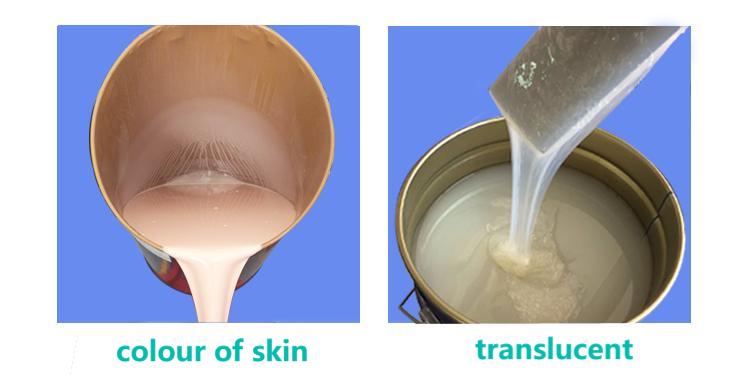
Characteristics of environmentally friendly silicone for the human body:
1. Ultra high fidelity, whether it is skin color, hardness, touch, or softness, all have similarities with real people, making it a material for simulating human products;
2. Environmentally friendly, non-toxic, food grade, certified by SGS and FDA.
3. It can be used for a long time and maintain its soft and elastic properties within the temperature range of -65 ℃ -200 ℃.
4. It has excellent electrical performance and chemical stability, water resistance, ozone resistance, climate aging resistance, noncorrosiveness, physiological inertness, non-toxic and odorless, low linear shrinkage rate, and easy operation.
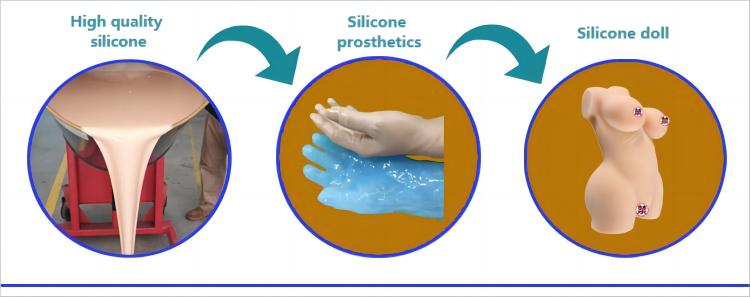
Technical Table:
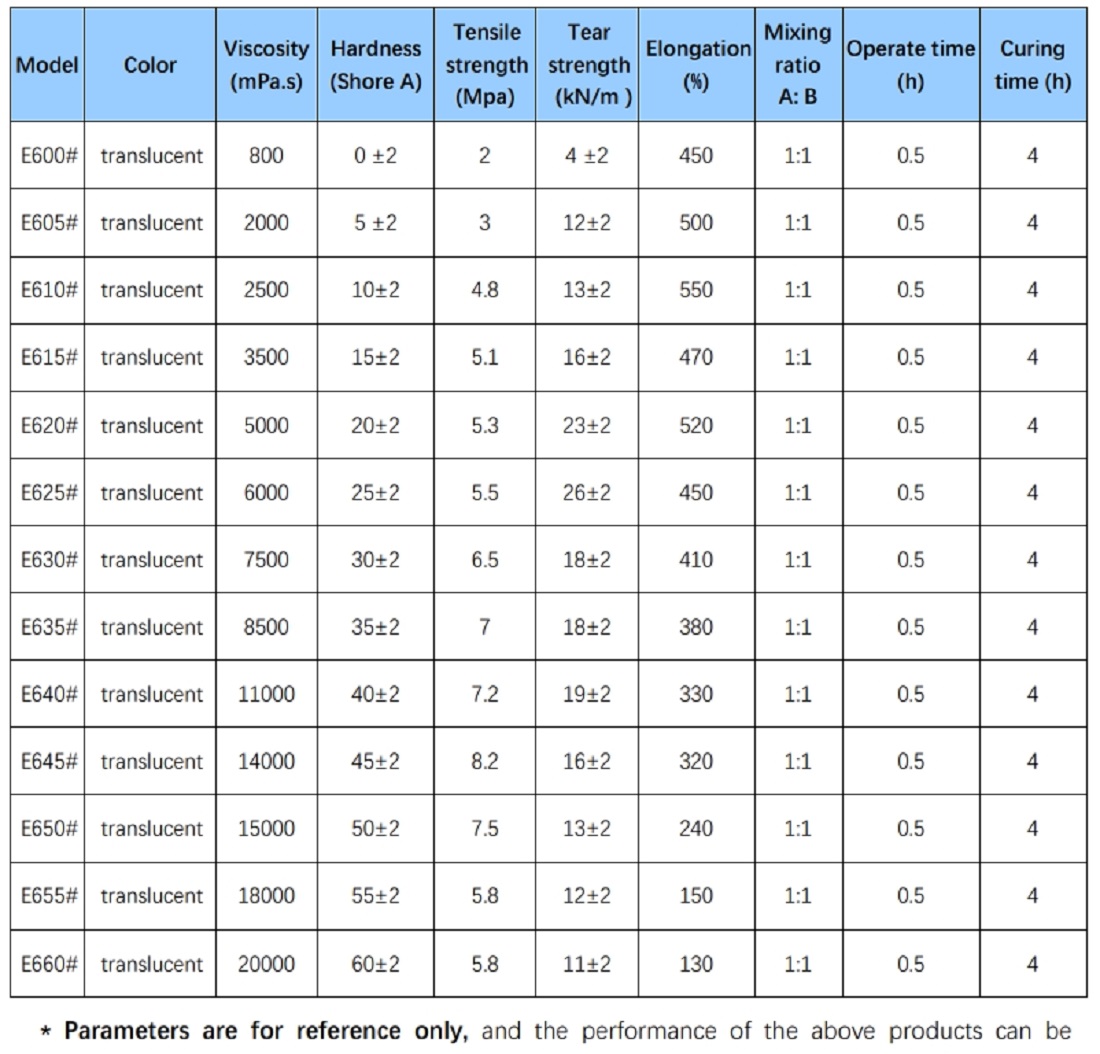
Note: The above parameters are only for this model HY-E615, and the parameters for other models are not displayed; If you have special needs, please contact our company; The hardness, viscosity, and operating time after curing can be adjusted according to customer needs.
Operation method of environmentally friendly silicone for the human body:
A. The B component is mixed evenly in a 1:1 ratio, and after vacuum defoaming, it can be poured. The operation time depends on the temperature, generally ranging from 30 minutes to 2 hours. The vulcanization time (room temperature) is 2-3 hours, and heating at 80-120 ° C can vulcanize within tens of minutes. Adjust colors, hardness, viscosity, operation time, curing time, etc. according to user needs.

Instructions for using environmentally friendly silicone for the human body:
1. Due to the reactivity of added silicone, everything that has been used with condensed silicone adhesive should be cleaned thoroughly before using added silicone to avoid any reaction.
2. Before testing, it is not allowed to add color or powder to the molded adhesive casually to avoid catalyst reaction and noncuring phenomenon of the adhesive.
3. When mixing A and B rubber materials, it is necessary to strictly follow the ratio requirements for ingredients. If the ratio is not accurate, the hardness will change.
4. This product is a platinum catalyst. Water, impurities, organotin catalysts, acids, bases, and other organic substances containing sulfur, phosphorus, and nitrogen can affect the curing of the adhesive. These substances should not be mixed or come into contact with during use.
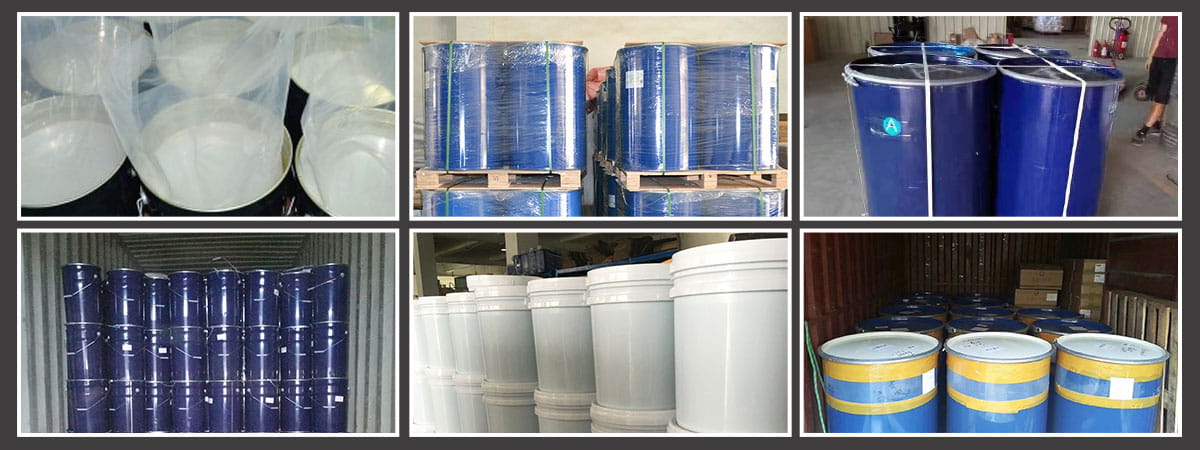
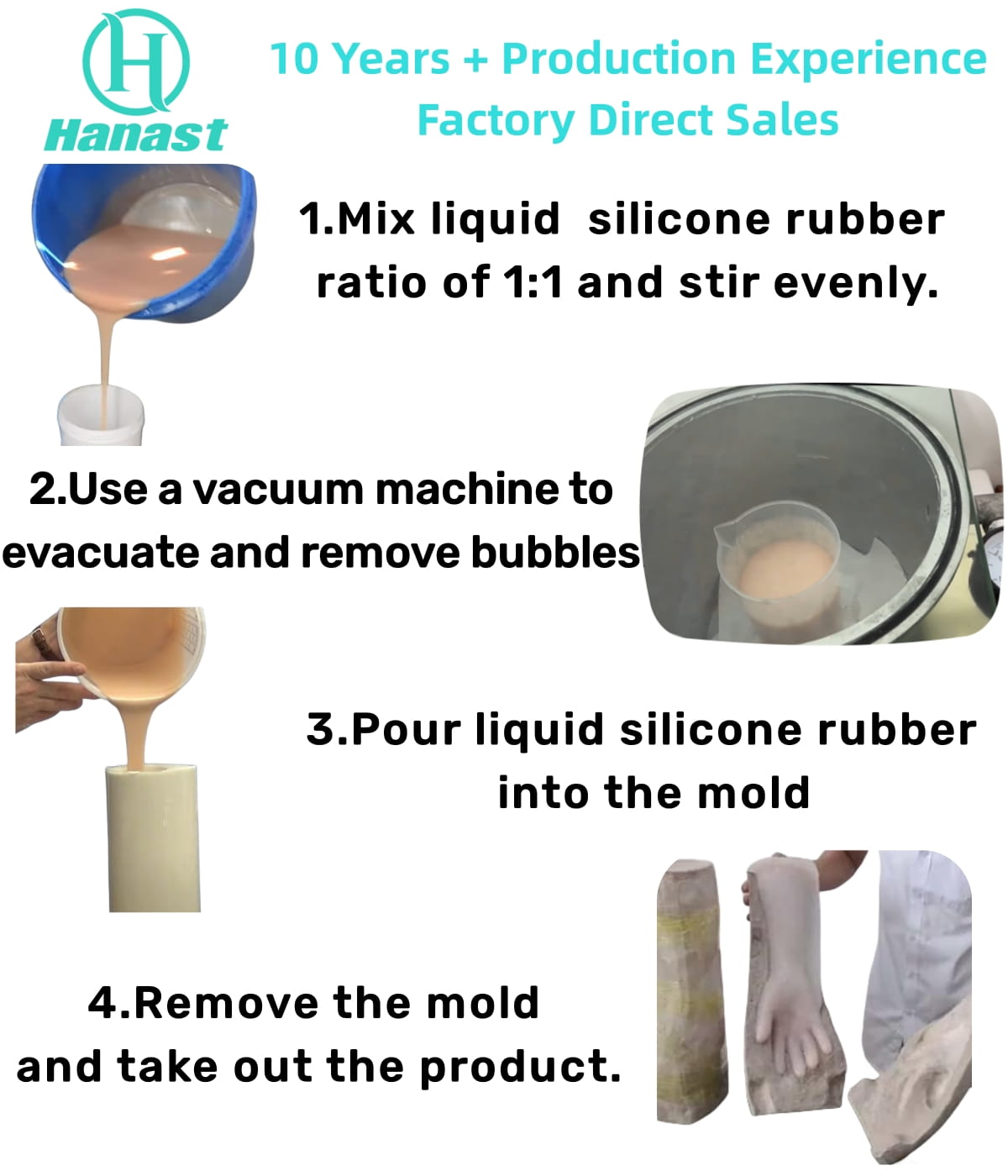





 Home
Home
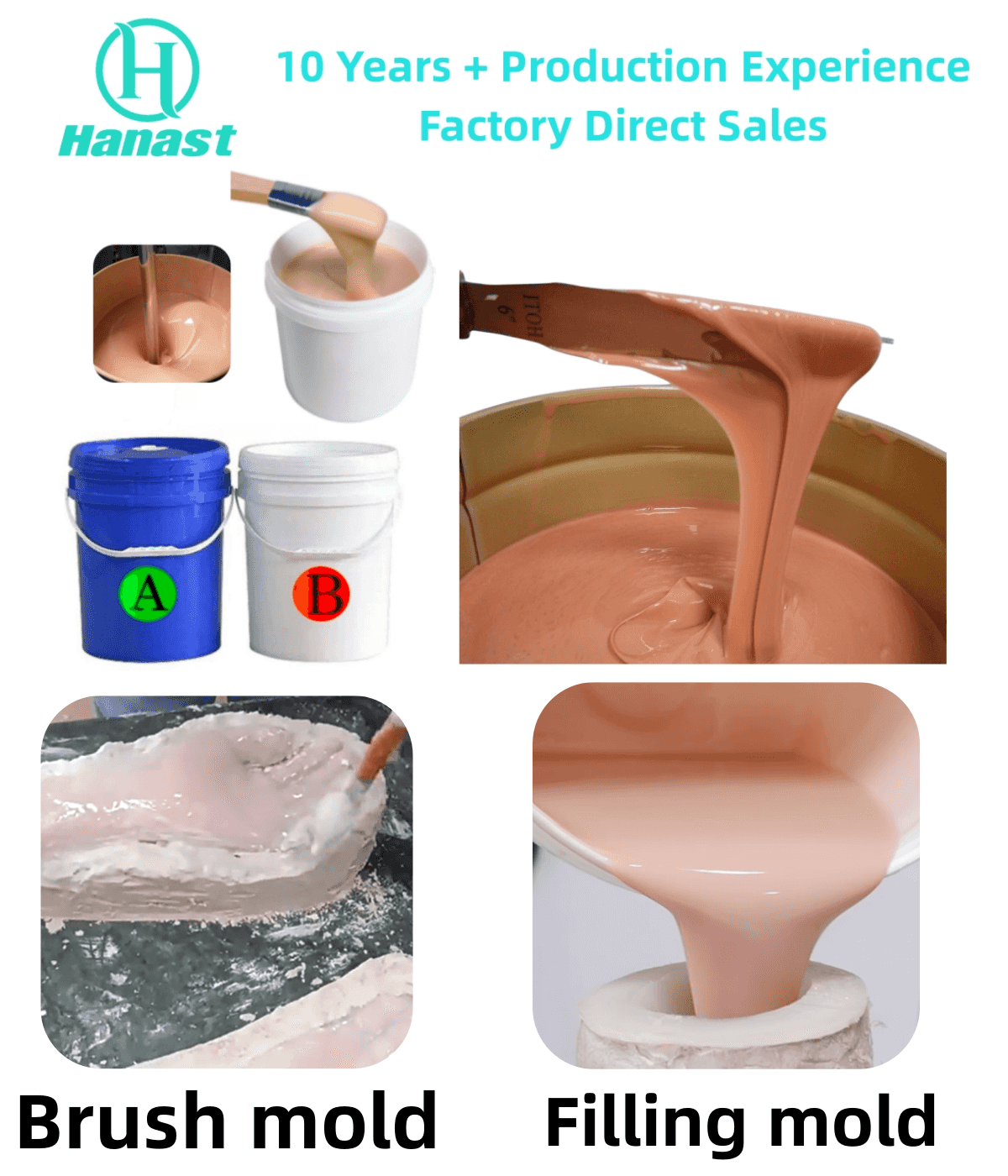
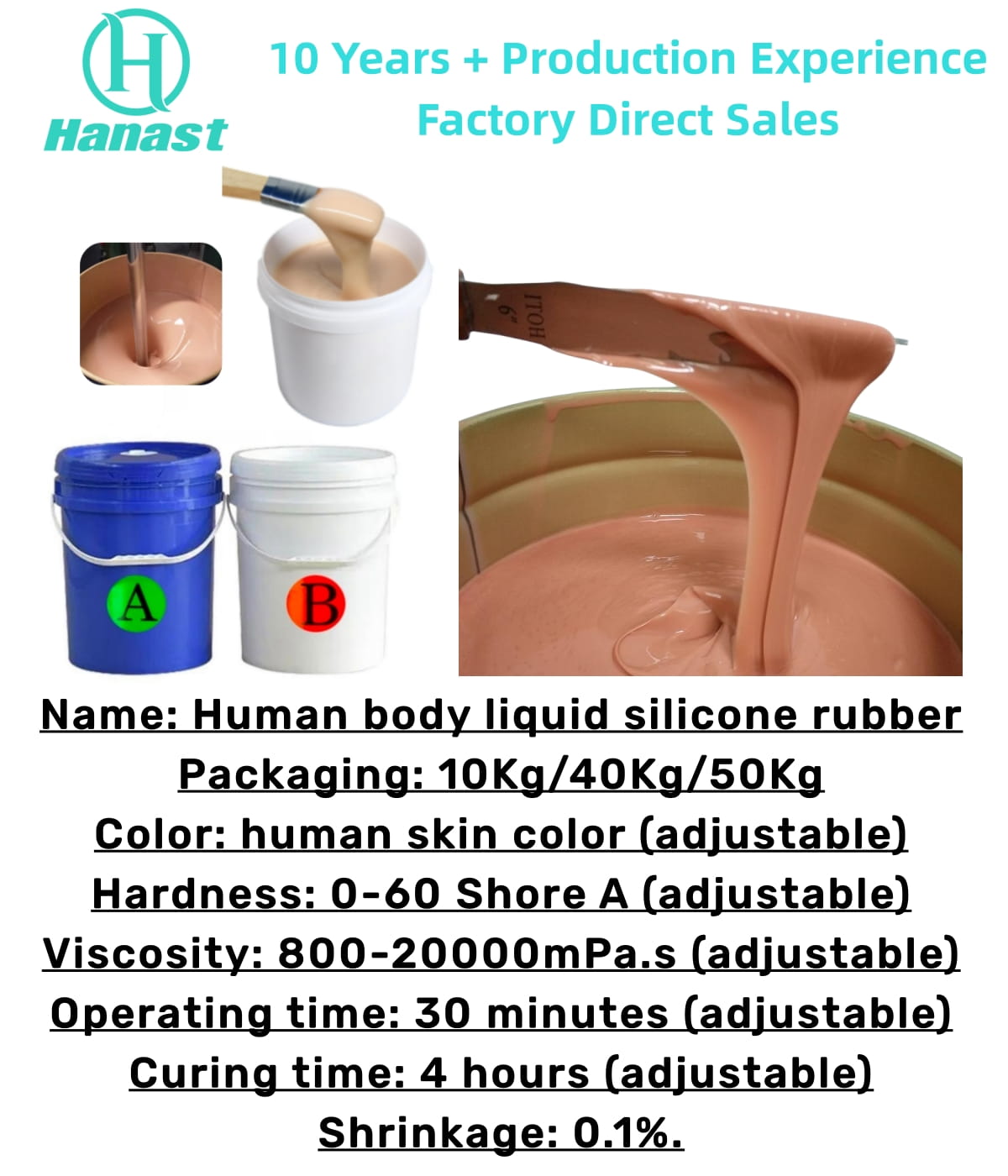

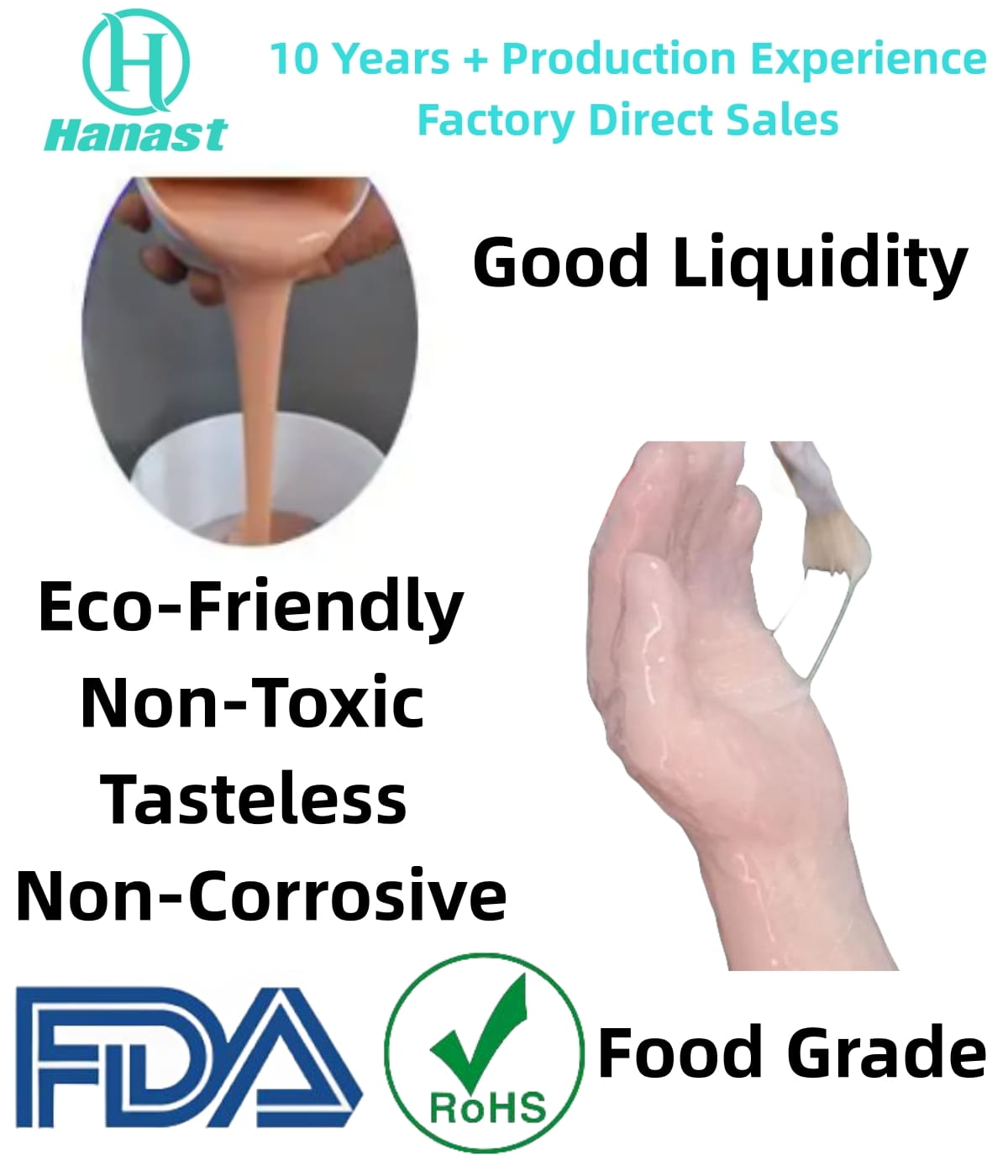
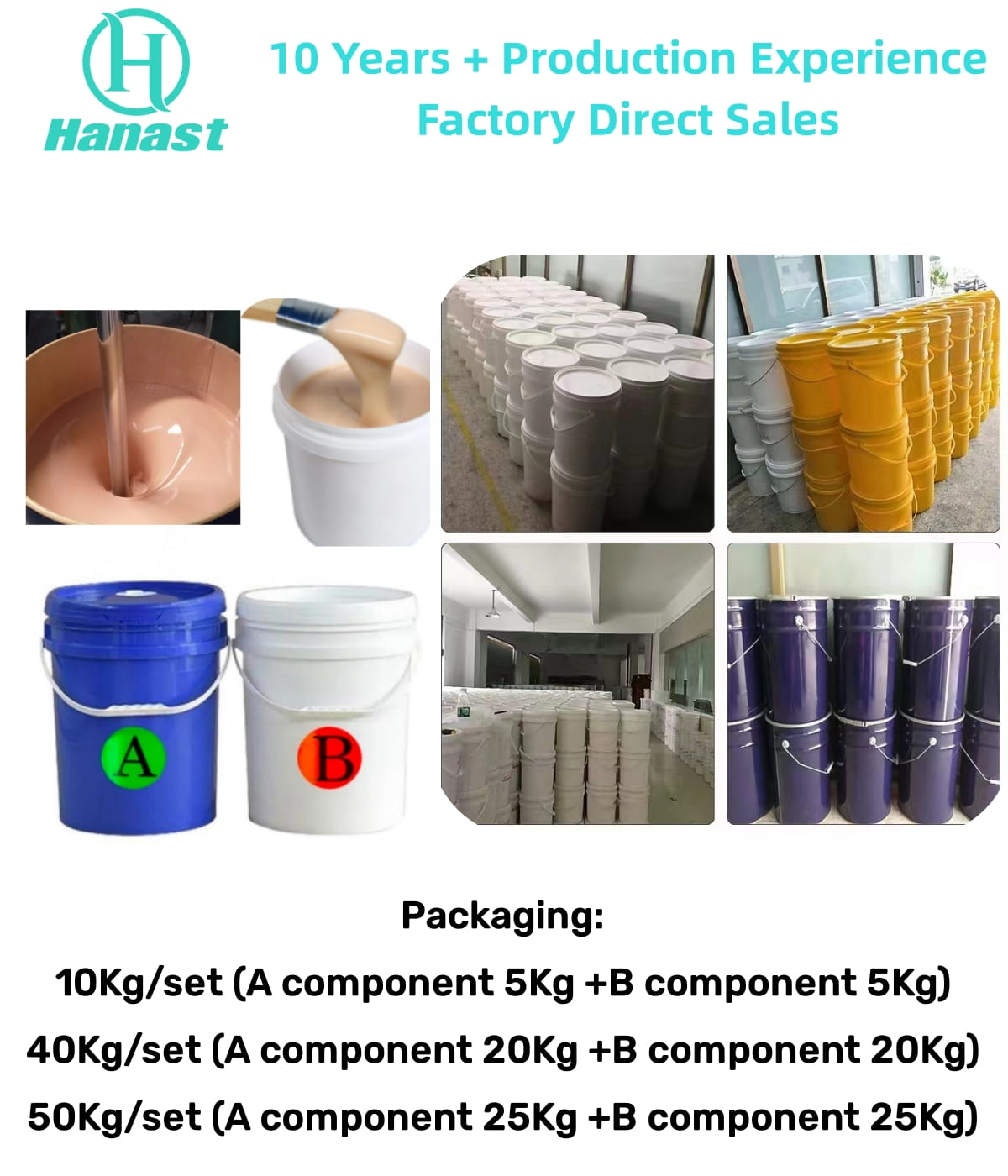





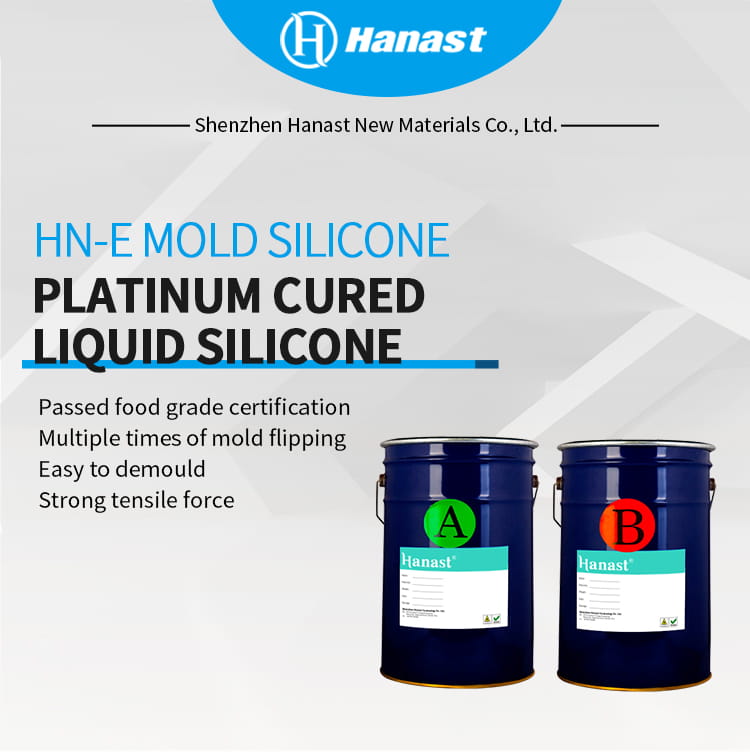
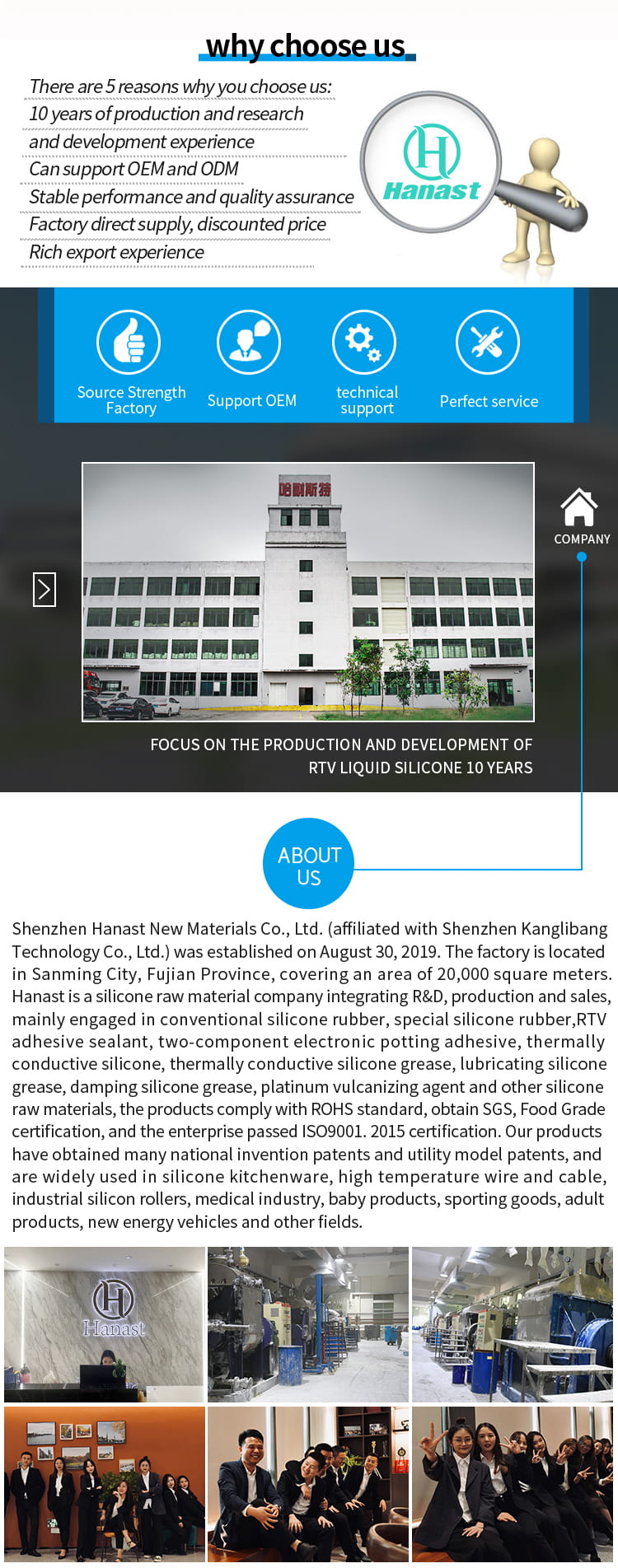
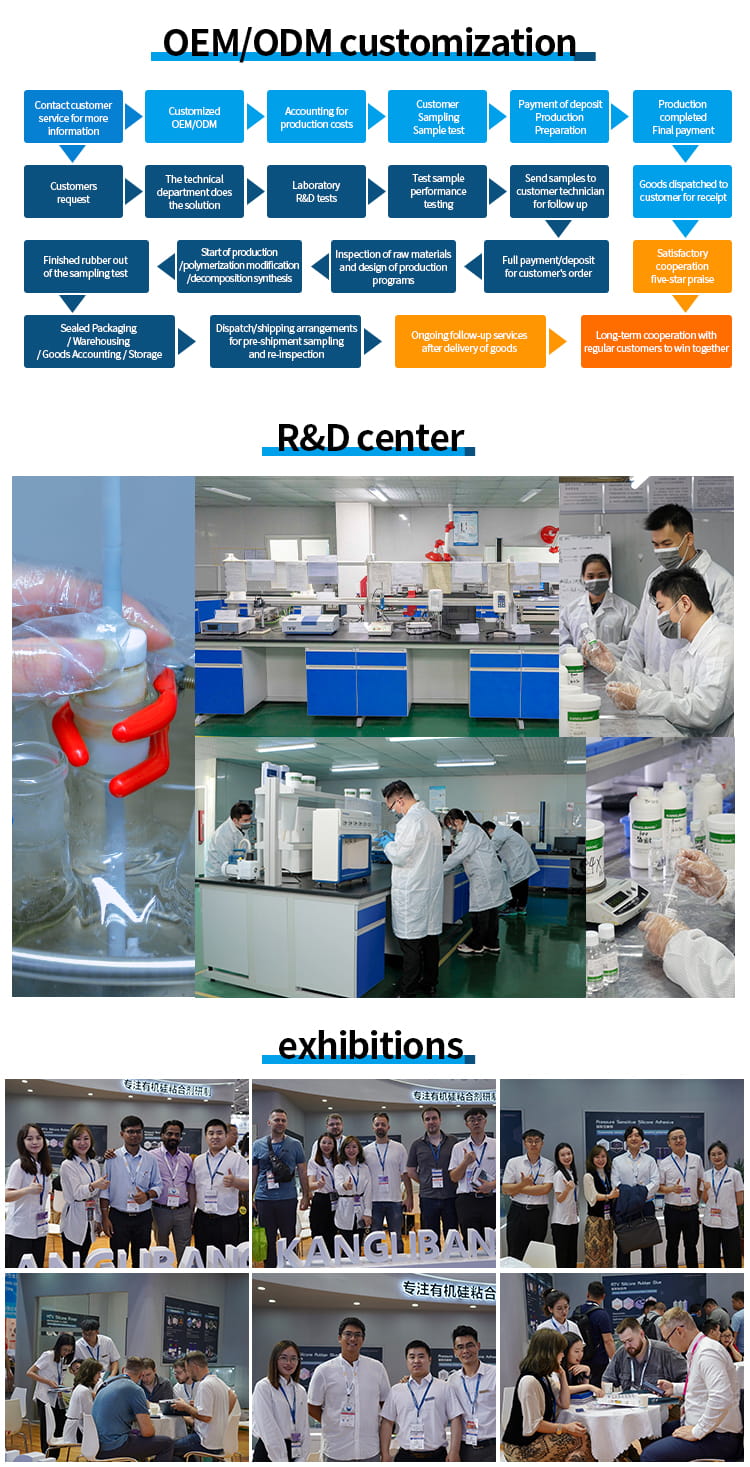
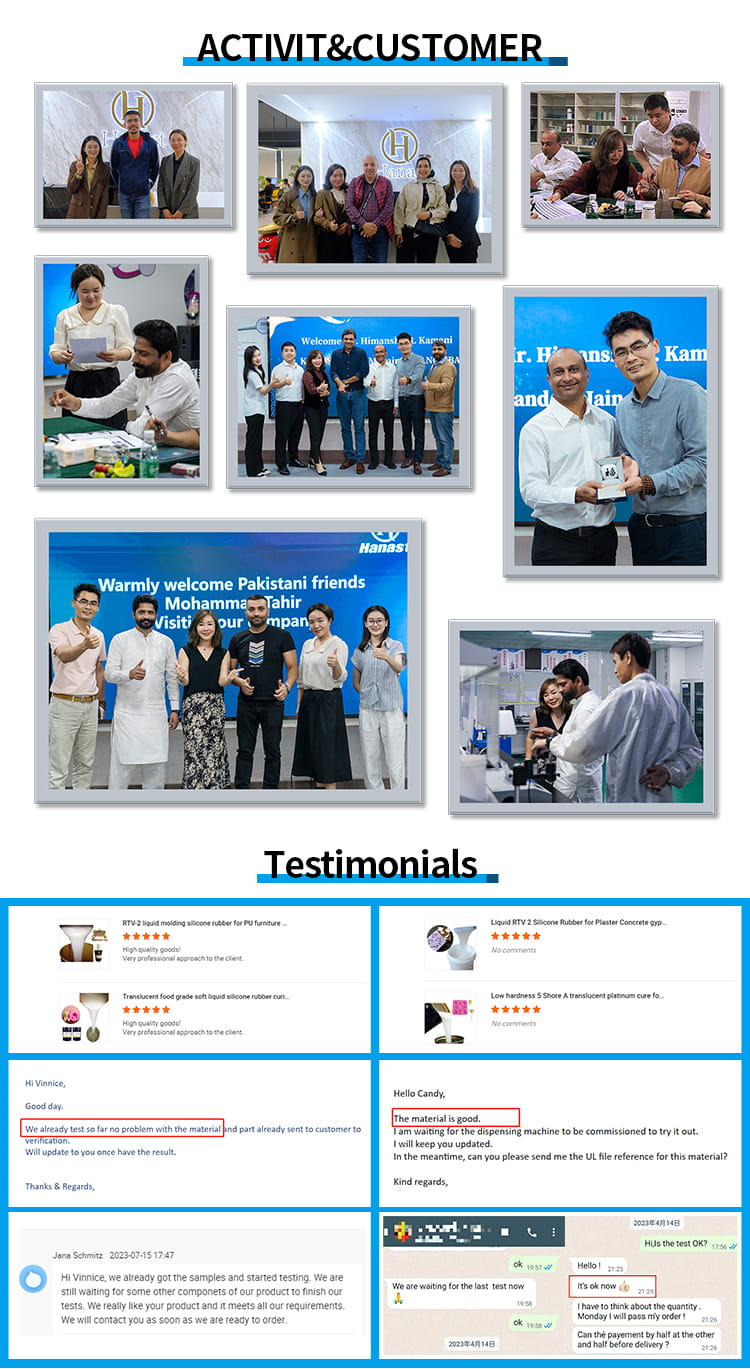
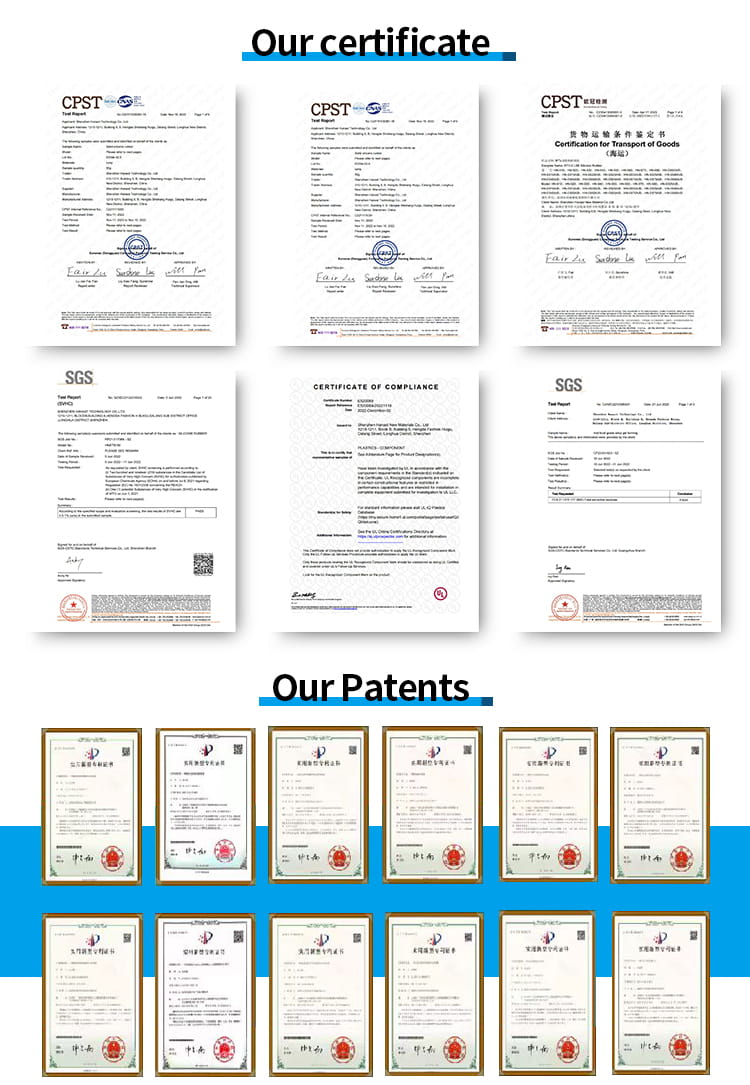

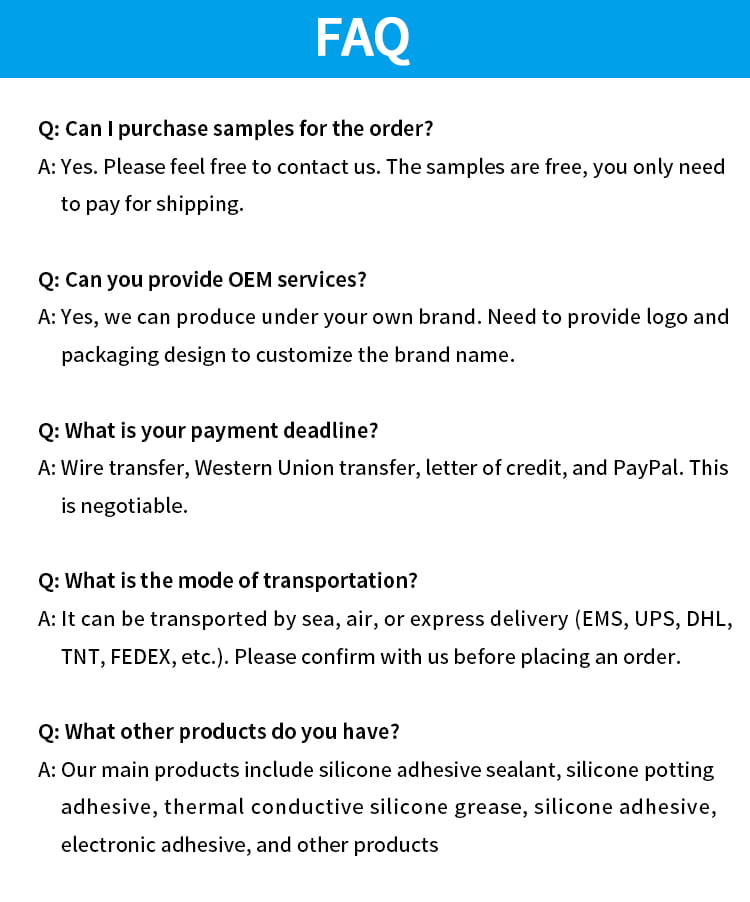
 Related Suggestion
Related Suggestion
 Nov 17,2023
Nov 17,2023 

 Tel
Tel
 Email
Email
 Address
Address












